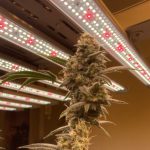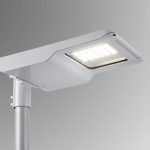When to Start Using LED Lights for Seedlings: A Beginner’s Guide
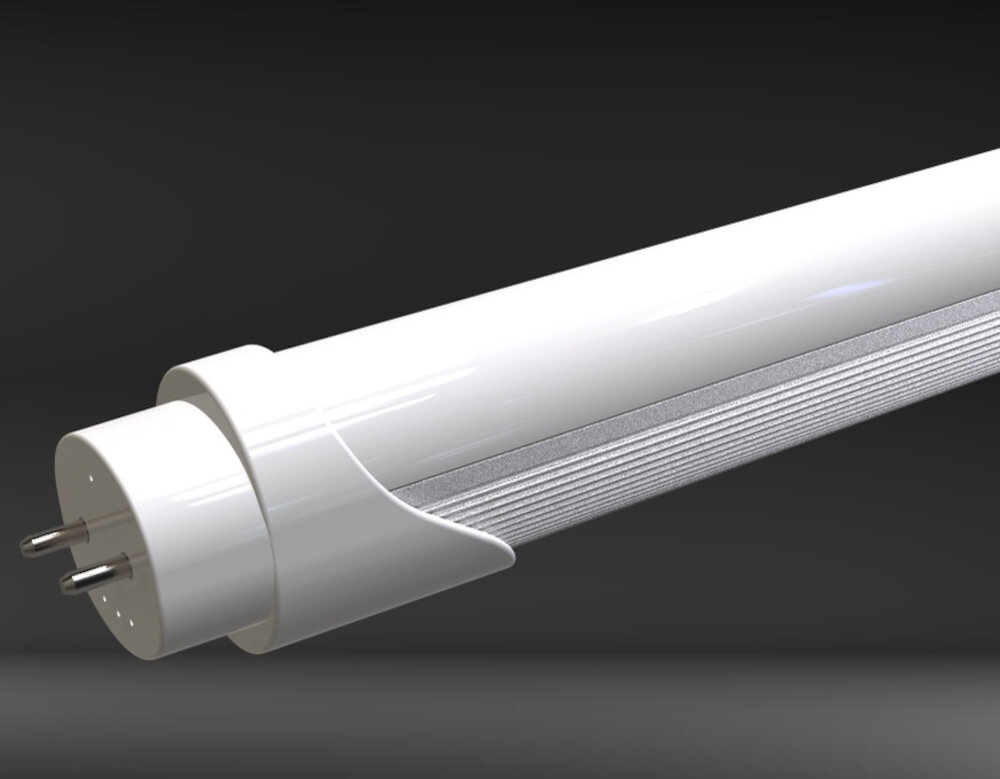
Growing plants from seeds can be a rewarding experience, but it also requires careful attention and proper equipment. One of the most important factors in the success of seedlings is lighting. While natural sunlight is the ideal source of light for plants, it is not always available or sufficient. This is where LED lights come in. LED lights have become increasingly popular among gardeners and indoor plant enthusiasts due to their energy efficiency, low heat emission, and customizable spectrum. However, knowing when and how to use LED lights for seedlings can be confusing, especially for beginners. In this guide, we will explore the benefits of LED lights for seedlings and provide tips on when and how to use them to ensure healthy and robust plants. Firstly, it is important to understand the role of light in the growth of seedlings. Light is a crucial factor in photosynthesis, the process by which plants convert light energy into chemical energy to fuel their growth. Insufficient or poor quality lighting can result in weak and spindly seedlings, while too much light or heat can damage or even kill them. This is where LED lights come in. LED lights provide a full spectrum of light that is essential for plant growth, including blue and red wavelengths that are particularly important for seedlings. Moreover, LED lights emit less heat than traditional lighting sources, reducing the risk of overheating and drying out the soil. By using LED lights for seedlings, you can provide them with the optimal conditions for growth and ensure that they develop into healthy and resilient plants.
Proper lighting is crucial for the healthy growth of seedlings. Without adequate light, seedlings may become weak, leggy, and susceptible to disease. Lighting helps stimulate photosynthesis, which is necessary for the production of energy and growth in plants. LED lights are an excellent option for seedlings because they emit specific wavelengths of light that are optimal for plant growth. Additionally, they are energy-efficient, cost-effective, and have a longer lifespan than traditional fluorescent or incandescent bulbs. By providing the right amount and quality of light, you can ensure that your seedlings develop into strong, healthy plants.
LED lights, or light-emitting diodes, are a type of energy-efficient lighting that have gained popularity in recent years. They are known for their long lifespan, low heat emission, and low energy consumption. LED lights emit light in a specific direction, making them more efficient than traditional incandescent bulbs, which emit light in all directions. In addition to being energy-efficient, LED lights are also beneficial for seedlings. They emit a full spectrum of light, including wavelengths that are important for plant growth, such as blue and red light. This makes them a great choice for indoor gardening, as they can help plants grow faster and healthier. Additionally, LED lights produce very little heat, reducing the risk of burning seedlings or causing damage to the surrounding environment. Overall, LED lights are a great investment for anyone looking to grow healthy and vibrant seedlings indoors.
Understanding Seedling Growth
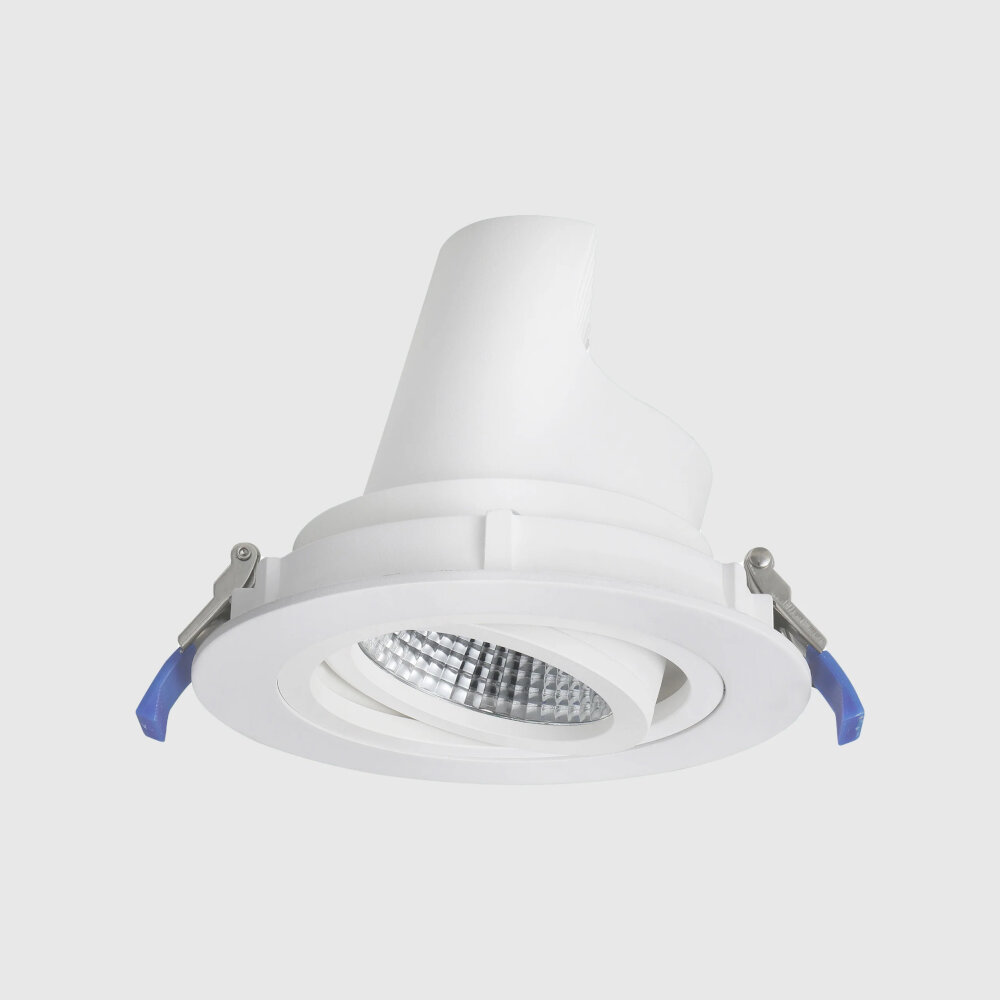
Seedling growth is a crucial stage in the life of plants, as it marks the beginning of their development. Understanding this process is essential for gardeners who wish to cultivate healthy and productive plants. During this stage, seedlings require the right amount of light, water, and nutrients to grow into strong and robust plants. The growth of seedlings is influenced by various factors such as temperature, humidity, and light intensity. Therefore, creating the optimal environment for seedling growth is vital for their success. One of the critical factors that affect seedling growth is light. Seedlings require adequate light to photosynthesize and produce energy. Insufficient light can result in weak and spindly plants, while too much light can cause leaf burn and stunted growth. LED lights provide a practical solution for gardeners to provide the right amount of light for seedlings. LED lights generate a full spectrum of light that mimics natural sunlight and can be adjusted to the specific needs of plants. By using LED lights, gardeners can cultivate healthy and robust seedlings that are ready for transplanting.
The different stages of seedling growth can be divided into four phases: germination, seedling development, vegetative growth, and reproductive growth. The first stage, germination, is the process in which the seed begins to sprout and grow roots. During the seedling development phase, the plant develops its first set of leaves, known as cotyledons, which provide the plant with nutrients until it can start photosynthesizing on its own. The vegetative growth phase is when the plant begins to grow rapidly, producing more leaves and stems. Finally, during the reproductive growth phase, the plant produces flowers or fruit, which can then be harvested for consumption or reproduction. Each stage of seedling growth requires different amounts of light, water, and nutrients, which is why it is important to monitor the plant’s progress and adjust growing conditions accordingly.
Light is an essential factor in seedling development, as it plays a crucial role in photosynthesis, which is the process that enables plants to produce their food. Different wavelengths of light have varying effects on seedling growth and development. For instance, blue light stimulates the growth of leaves and stems, while red light promotes the development of flowers and fruits. Additionally, the intensity and duration of light exposure are also critical factors that affect seedling growth. Insufficient light exposure can lead to weak and spindly seedlings that are susceptible to diseases and pests, while too much light exposure can cause stress and damage to the plants. LED lights have emerged as an efficient and cost-effective way of providing the right light conditions for seedling growth and development.
Benefits of LED Lights for Seedlings
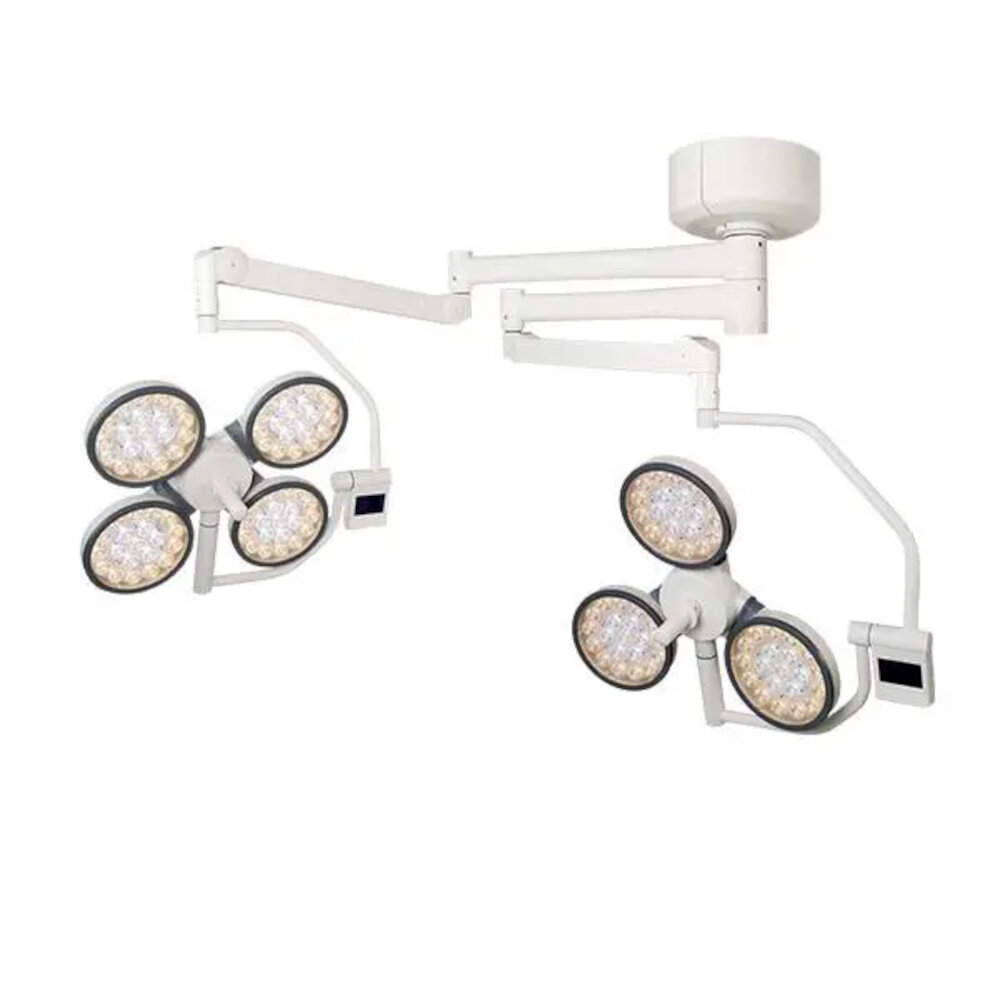
LED lights have revolutionized indoor gardening for seedlings. They have proven to be a significantly better alternative to traditional fluorescent and incandescent bulbs. LED lights produce a broad spectrum of light that is similar to natural sunlight, which is essential for the growth of seedlings. Unlike other types of lighting, LED lights give off less heat, which is beneficial for plants that are sensitive to temperature changes. Moreover, LED lights are energy-efficient and consume less electricity than traditional bulbs, which results in lower energy bills for gardeners. Another benefit of LED lights for seedlings is their long lifespan. LED lights can last up to 50,000 hours, which is significantly longer than the lifespan of traditional bulbs. This means that gardeners do not need to replace their LED lights frequently, saving them money in the long run. Additionally, LED lights are easy to install and come in different sizes and shapes, making them versatile for any indoor gardening setup. With LED lights, gardeners can grow healthy seedlings year-round, regardless of the weather outside. In conclusion, LED lights are a game-changer for indoor gardening and an excellent investment for gardeners who want to grow healthy and robust seedlings.
LED lights work by using a process called electroluminescence. Within the LED, there are two semiconductors, one with a surplus of electrons, and one with a deficit. When an electric current passes through the LED, the electrons move from the surplus semiconductor to the deficit semiconductor. As they do, they release energy in the form of light. The color of the light depends on the materials used in the semiconductors, and because LED lights are incredibly efficient, they produce very little heat, making them an ideal choice for seedlings. LED lights can also be customized to emit specific wavelengths of light, allowing you to provide your seedlings with the exact type of light they need to thrive.
When it comes to grow lights, LED technology has become increasingly popular in recent years due to its energy efficiency and long lifespan. Compared to other types of grow lights such as fluorescent and HID lights, LED lights consume less energy and emit less heat, making them a great choice for indoor gardening. Additionally, LED lights have a wider range of spectrum options, which means they can be tailored to specific plant needs. Fluorescent lights, on the other hand, have a limited spectrum range and need to be replaced more frequently. HID lights are powerful but consume a lot of energy and produce significant heat, which can damage sensitive seedlings. Overall, LED lights offer a more efficient and customizable option for indoor gardening, making them an excellent choice for beginners and experienced gardeners alike.
LED lights have become increasingly popular among gardeners due to their immense benefits for seedlings. One of the primary advantages of LED lights is their energy efficiency. These lights consume 75% less energy than traditional fluorescent bulbs, making them cost-effective and eco-friendly. LED lights also produce less heat, reducing the risk of overheating or damaging young seedlings. Additionally, LED lights emit a spectrum of light that is tailored to the specific needs of plants, promoting growth and photosynthesis. This means that seedlings grown under LED lights are stronger, healthier, and more robust, leading to higher yields and better overall plant health. Overall, using LED lights for seedlings is an excellent investment that can help you grow healthy plants and save money in the long run.
When to Start Using LED Lights for Seedlings
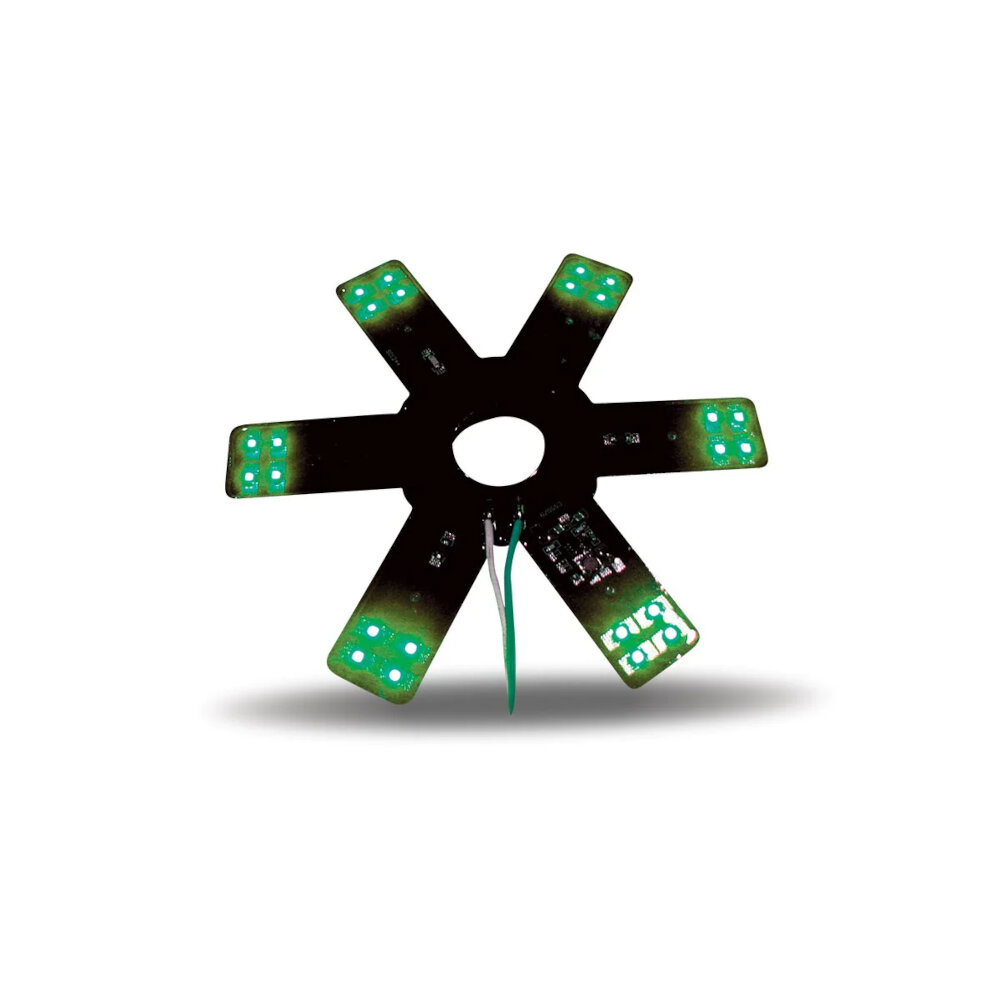
Starting seedlings indoors can be a great way to get a head start on your garden. However, to successfully grow healthy seedlings, it’s important to provide them with adequate light. When it comes to indoor lighting for seedlings, LED lights are an excellent option. LED lights emit low levels of heat and use less energy compared to traditional lighting methods. So, when should you start using LED lights for seedlings? It all depends on the type of plant you’re growing and the climate you live in. Generally, if you live in a colder climate or have a short growing season, you’ll want to start your seedlings earlier and use LED lights to provide them with the necessary light. On the other hand, if you live in a warmer climate or have a longer growing season, you may not need to start your seedlings as early or use LED lights as soon. As a general rule of thumb, it’s best to start using LED lights for seedlings around 2-3 weeks after planting the seeds. This will give the seeds enough time to germinate and develop before exposing them to artificial light.
Timing is essential when it comes to using LED lights for seedlings. Experts recommend that LED lights should be used for seedlings when they have developed their first set of true leaves. This is usually after 10 to 14 days of germination. Seedlings require adequate light to photosynthesize effectively, and LED lights provide the necessary light spectrum for optimal growth. However, it is important to note that exposure to LED lights for extended periods can cause seedlings to become leggy and weak. Therefore, it is recommended to provide seedlings with 12 to 16 hours of light a day, turning off the lights for the remaining hours to allow for proper rest. By following these recommended timings, one can ensure that their seedlings grow strong and healthy.
The decision on when to start using LED lights for seedlings depends on several factors. First, the type of plant being grown and its light requirements. Some plants require more light than others, and LED lights can provide the necessary intensity for growth. Second, the location and climate also play a role – if the seedlings are being grown in a dark or cloudy environment, LED lights can supplement the natural light. Third, the growth stage of the seedlings should be considered. If the seedlings are not receiving enough natural light, LED lights can be introduced early on to promote healthy growth. Finally, the budget and availability of LED lights should also be taken into account. While LED lights can be expensive, they can also save money in the long run by being energy efficient and lasting longer than traditional light sources.
Tips for Using LED Lights for Seedlings
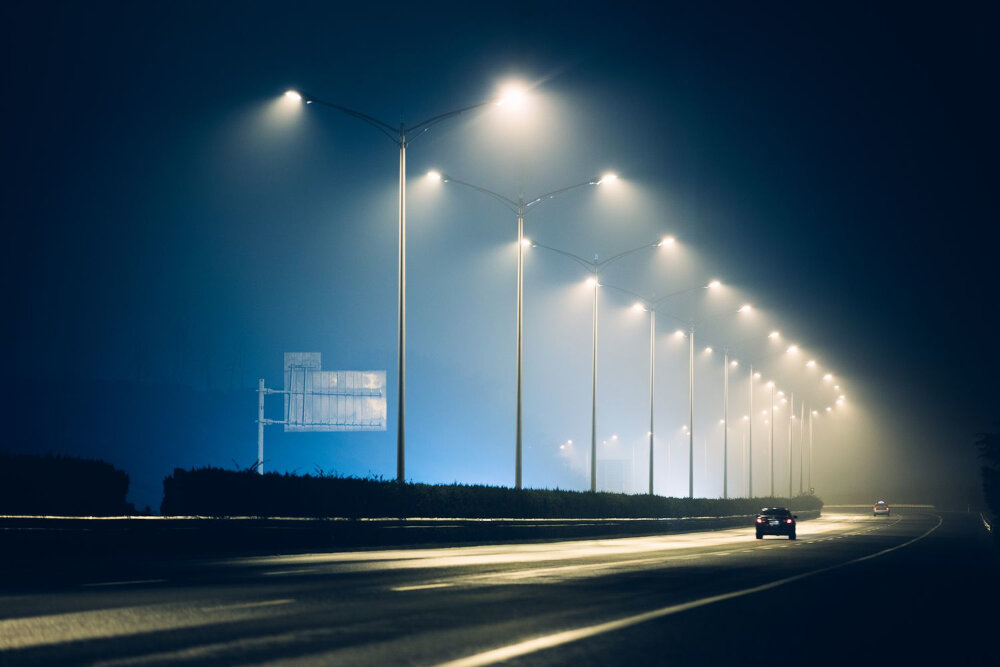
When it comes to starting seedlings indoors, LED lights are an excellent option for providing the necessary light spectrum for healthy growth. However, there are a few tips to keep in mind to ensure the best results. First and foremost, it’s essential to choose the right type of LED light. Look for lights specifically designed for plant growth, with a full spectrum of light that includes blue and red wavelengths. These lights are often labeled as \grow lights\ and can be found at gardening centers or online. It’s also important to choose a light with adjustable brightness levels to ensure you can provide the right amount of light for your seedlings’ growth stage. In addition to choosing the right type of LED light, it’s also crucial to position the lights correctly. The lights should be placed close to the seedlings, ideally between 2-4 inches away, and should be kept on for 12-16 hours per day. It’s also important to monitor the temperature around the seedlings, as LED lights can generate heat. If the temperature gets too high, the seedlings may become stressed or damaged. With these tips in mind, you can confidently use LED lights to start your seedlings indoors and give them the best possible start to life.
To properly set up LED lights for seedlings, you need to first consider the distance between the light source and the plants. The ideal distance is typically 2-4 inches away from the seedlings, depending on the brightness of the light. Additionally, you should ensure that the LED lights are on for at least 8-12 hours a day to mimic natural sunlight. It’s also important to choose the right color temperature for your plants – blue light is ideal for promoting leafy growth, while red light is best for promoting flowering or fruiting. Finally, make sure to adjust the height of the lights as your seedlings grow to prevent them from getting too close and burning. With these steps in mind, you can successfully set up LED lights for your seedlings and help them grow strong and healthy.
When it comes to using LED lights for seedlings, there are a few best practices to keep in mind. First and foremost, it’s important to choose the right type of LED light. Look for lights with a high color temperature (around 6500K) and a high PAR output. Additionally, it’s recommended to keep the lights about 2-4 inches above the seedlings to ensure they’re getting enough light without being burned. Be sure to use a timer to set a consistent schedule for the lights, providing around 16-18 hours of light each day. Finally, make sure to monitor the seedlings closely for any signs of stress or burning, and adjust the light distance or schedule accordingly. By following these best practices, you can ensure your seedlings get the right amount and quality of light they need for healthy growth.
To maximize the benefits of LED lights for seedlings, it is essential to choose the right light spectrum and intensity. Seedlings require blue and red light spectrums for optimal growth, so make sure the LED lights you select provide these wavelengths. Additionally, adjust the light intensity according to the plant’s needs and the distance between the light source and the seedlings. It is crucial to avoid overexposure to light, which can cause heat stress or stunted growth. Finally, maintain a consistent light schedule and monitor the seedlings’ growth regularly to ensure they are thriving. By following these tips, you can effectively use LED lights to promote healthy seedling growth and development.
Proper lighting is essential for the healthy growth of seedlings. Adequate light provides the energy needed for photosynthesis, which is crucial for the development of strong and healthy plants. Insufficient light can result in weak, spindly seedlings that are more susceptible to disease and pests. On the other hand, too much light can cause stress and damage to the delicate seedlings. LED lights have become a popular choice for indoor gardening due to their energy efficiency, low heat emission, and customizable spectrum. By using the right LED lights at the appropriate time, gardeners can ensure optimal growth and yield from their seedlings.
LED lights are an excellent option for seedlings due to their various benefits. Firstly, LED lights provide a full spectrum of light that enables plants to grow and develop healthily. Secondly, LED lights generate less heat than traditional grow lights, which reduces the risk of overheating and damaging the seedlings. Thirdly, LED lights are energy-efficient, which can save money on electricity bills. Moreover, LED lights have a long lifespan and require minimal maintenance, making them a practical and cost-effective choice. Lastly, LED lights are environmentally friendly as they do not contain harmful chemicals or emit harmful radiation, making them safe for both people and plants. Overall, LED lights are an ideal option for starting seedlings and ensuring healthy growth.
After considering all the factors, it is recommended to use LED lights for seedlings as they provide the right spectrum of light for optimal growth and are energy efficient. It is important to position the lights close to the seedlings, about 2-4 inches away, to prevent stretching and ensure even growth. Seedlings require 16-18 hours of light per day, so it is recommended to use a timer to ensure consistent light exposure. It is also important to monitor the temperature and humidity levels to prevent any damage to the seedlings. With proper care and attention, LED lights can help ensure healthy and robust seedlings ready for transplanting.
Conclusion
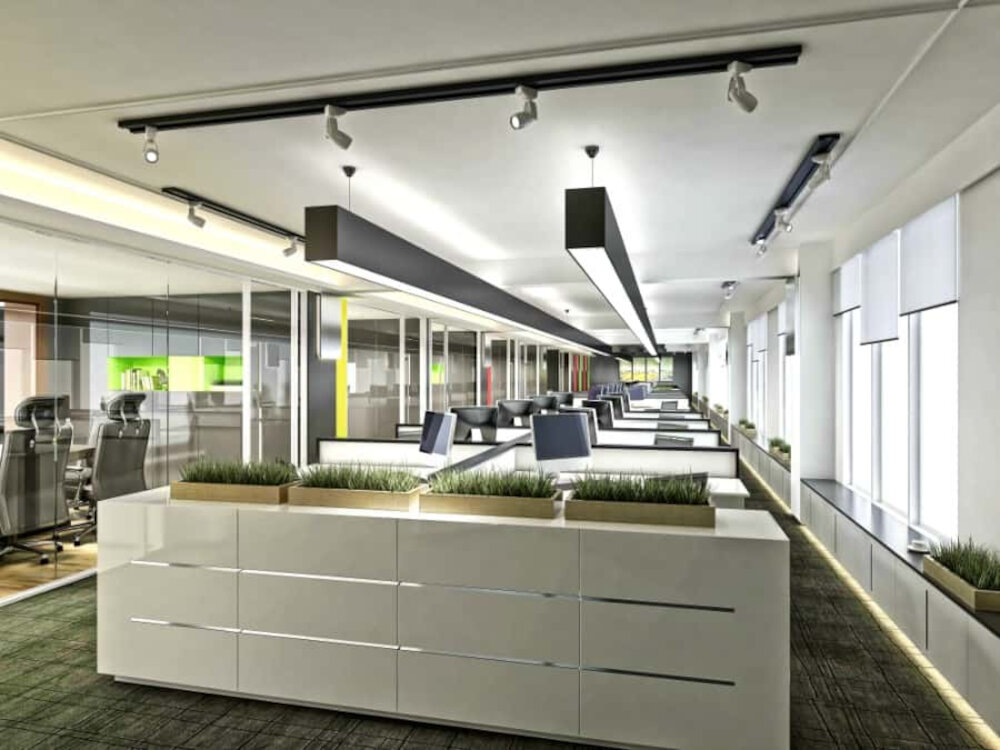
In conclusion, LED lights can be a valuable tool for those looking to start seedlings indoors. By providing the right spectrum and intensity of light, LED lights can help promote healthy growth and development in young plants. However, it’s important to consider the specific needs of your plants and to use LED lights in combination with other best practices, such as proper watering and air circulation. Ultimately, with a bit of research and experimentation, you can find the right approach for your seedlings and enjoy a successful indoor growing experience.


